Introduction to PCB Assembly
Printed Circuit Board (PCB) assembly is a crucial process in the electronics manufacturing industry. It involves the placement and soldering of electronic components onto a printed circuit board to create a functional electronic device. PCB assembly companies play a vital role in bringing electronic products to life, from the initial prototype stage to mass production.
In this article, we will focus on prototype PCB assembly companies and their importance in the product development process. We will explore the various aspects of prototype PCB assembly, including the benefits, the process, and the key factors to consider when choosing a prototype PCB assembly company.
What is Prototype PCB Assembly?
Prototype PCB assembly is the process of creating a small batch of printed circuit boards for testing and evaluation purposes before moving into full-scale production. This process allows engineers and designers to validate their designs, test functionality, and make necessary modifications before committing to mass production.
Prototype PCB assembly is essential for several reasons:
- Design validation: Prototypes help verify that the PCB design works as intended and meets the required specifications.
- Functionality testing: Assembled prototypes allow engineers to test the functionality of the electronic device and identify any issues or areas for improvement.
- Cost savings: Prototyping helps identify and resolve issues early in the development process, reducing the risk of costly mistakes during mass production.
- Time-to-market: Prototype PCB assembly enables faster iteration and refinement of the product, ultimately leading to a quicker time-to-market.
The Prototype PCB Assembly Process
The prototype PCB assembly process typically involves the following steps:
-
PCB Design: The process begins with the creation of a PCB design using specialized software such as Altium, Eagle, or KiCad. The design includes the placement of components, routing of traces, and the creation of solder mask and silkscreen layers.
-
PCB Fabrication: Once the design is finalized, the PCB is fabricated using a variety of methods, such as etching, drilling, and plating. The resulting bare PCB is ready for component assembly.
-
Component Sourcing: The necessary electronic components are sourced from suppliers or distributors. Prototype PCB assembly companies often have established relationships with component suppliers to ensure timely delivery and competitive pricing.
-
Component Placement: The electronic components are placed onto the PCB using either manual or automated methods. Surface Mount Technology (SMT) and Through-Hole Technology (THT) are the two main methods used for component placement.
-
Soldering: After component placement, the PCB undergoes soldering to establish electrical connections between the components and the board. This can be done using wave soldering, reflow soldering, or hand soldering techniques.
-
Inspection and Testing: The assembled PCB is inspected visually and tested using various methods, such as automated optical inspection (AOI), in-circuit testing (ICT), and functional testing, to ensure proper functionality and quality.
-
Rework and Modification: If any issues are identified during inspection and testing, the PCB may undergo rework or modification to resolve the problems.
-
Final Assembly: Once the PCB has passed all quality checks, it is ready for final assembly into the electronic device enclosure.
Choosing a Prototype PCB Assembly Company
When selecting a prototype PCB assembly company, there are several key factors to consider:
-
Experience and Expertise: Look for a company with a proven track record in prototype PCB assembly and experience in your specific industry or application.
-
Technology and Capabilities: Ensure that the company has the necessary technology and equipment to handle your specific PCB assembly requirements, such as SMT, THT, or mixed-technology assembly.
-
Quality Control: Choose a company that adheres to strict quality control standards and has a robust quality management system in place, such as ISO 9001 certification.
-
Turnaround Time: Prototype PCB assembly often requires quick turnaround times to meet tight product development schedules. Look for a company that offers fast and reliable delivery options.
-
Communication and Support: Effective communication and customer support are crucial throughout the prototype PCB assembly process. Choose a company that is responsive, transparent, and willing to work closely with you to achieve your goals.
-
Cost: While cost is an important consideration, it should not be the sole deciding factor. Look for a company that offers competitive pricing without compromising on quality or service.
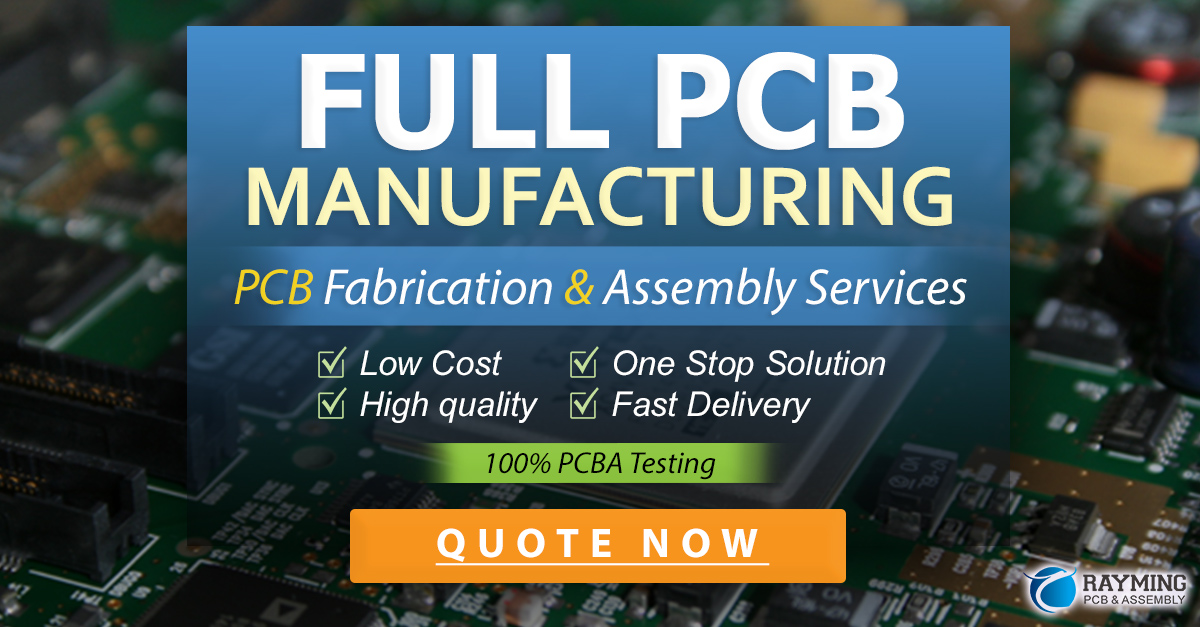
Benefits of Working with a Prototype PCB Assembly Company
Partnering with a reputable prototype PCB assembly company offers several benefits:
-
Expertise and Knowledge: Prototype PCB assembly companies have the expertise and knowledge to guide you through the entire process, from design to final assembly, ensuring optimal results.
-
Access to Advanced Technology: These companies invest in state-of-the-art equipment and technology to provide high-quality PCB assembly services.
-
Time and Cost Savings: By outsourcing prototype PCB assembly, you can save time and costs associated with setting up and maintaining an in-house assembly line.
-
Scalability: Prototype PCB assembly companies can easily scale up production as your needs grow, allowing for a smooth transition from prototyping to mass production.
-
Focus on Core Competencies: Outsourcing PCB assembly allows you to focus on your core competencies, such as product design and marketing, while leaving the manufacturing process to the experts.
Top Prototype PCB Assembly Companies
Here are some of the top prototype PCB assembly companies in the industry:
| Company | Location | Services |
|---|---|---|
| Rush PCB Inc. | USA | PCB fabrication, assembly, and design services |
| PCBWay | China | PCB fabrication, assembly, and turnkey solutions |
| Sierra Circuits | USA | PCB design, fabrication, and assembly services |
| Seeed Studio | China | PCB fabrication, assembly, and turnkey solutions |
| Sunstone Circuits | USA | PCB prototyping, fabrication, and assembly services |
These companies offer high-quality prototype PCB assembly services and have a proven track record of delivering successful projects for their clients.
Conclusion
Prototype PCB assembly is a critical step in the product development process, allowing engineers and designers to validate their designs, test functionality, and make necessary modifications before moving into mass production. Choosing the right prototype PCB assembly company is essential to ensure the success of your project.
When selecting a company, consider factors such as experience, technology, quality control, turnaround time, communication, and cost. By partnering with a reputable prototype PCB assembly company, you can benefit from their expertise, access to advanced technology, and ability to scale up production as your needs grow.
Frequently Asked Questions (FAQ)
- What is the minimum order quantity for prototype PCB assembly?
-
The minimum order quantity for prototype PCB assembly varies depending on the company. Some companies offer low minimum order quantities, even as low as one piece, to accommodate the needs of small-scale projects and startups.
-
How long does prototype PCB assembly take?
-
The turnaround time for prototype PCB assembly depends on the complexity of the project and the company’s workload. Typically, prototype PCB assembly can take anywhere from a few days to a few weeks. Many companies offer expedited services for time-sensitive projects.
-
What files are required for prototype PCB assembly?
-
To begin the prototype PCB assembly process, you will need to provide the PCB design files, usually in Gerber format, along with the bill of materials (BOM) and assembly instructions. Some companies also accept design files in other formats, such as Eagle or Altium.
-
Can prototype PCB assembly companies source components for my project?
-
Yes, most prototype PCB assembly companies offer component sourcing services. They have established relationships with component suppliers and distributors, allowing them to source components efficiently and at competitive prices.
-
What certifications should I look for in a prototype PCB assembly company?
- When choosing a prototype PCB assembly company, look for certifications such as ISO 9001, which demonstrates the company’s commitment to quality management systems. Other certifications, such as UL, RoHS, and IPC, indicate compliance with industry standards and regulations.
By understanding the prototype PCB assembly process, considering key factors when choosing a company, and partnering with a reputable service provider, you can ensure the success of your electronic product development journey.
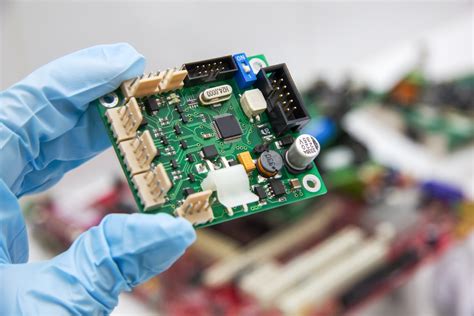
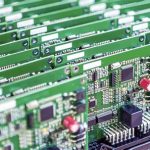

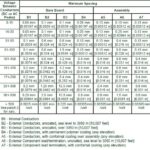

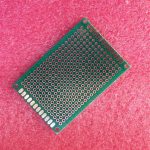
Leave a Reply